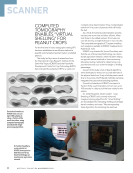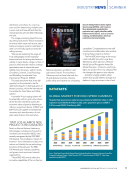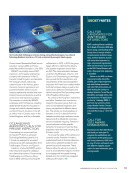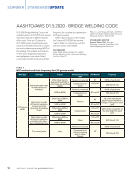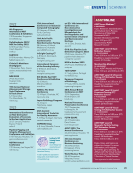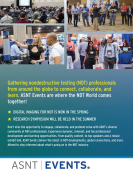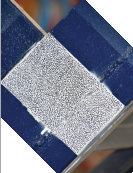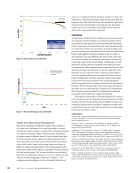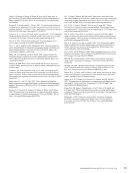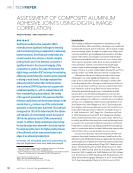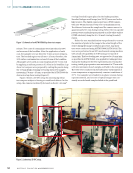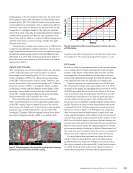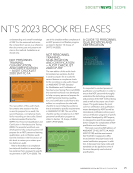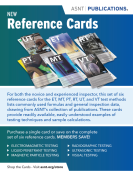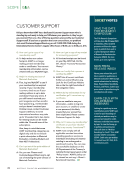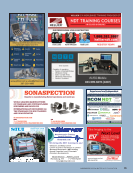DIGITAL IMAGE CORRELATION and Its Role in NDE ALI ABDUL-AZIZ Advancements in nondestructive evaluation (NDE) have represented a continuous process of technology achievements moving toward easier approaches, a wider range of applications, and better results outcomes. Materials and component characterization is done in many instances using destructive testing, which is effective but time-consuming, costly, and difficult to obtain feedback during manufacturing. Today, new, efficient, and noninvasive materials characterization technologies are becoming standard in industry, offering cost-effective applicability and quality benefits. In addition, newer inventions, state-of-the-art methodologies and instrumentations in NDE, and characterization technologies are offering ample support to industry to advance work and operations. Advances in imaging capabilities are provid- ing an increased understanding of the internal quality of a material and its microstructural characteristics. Such advancements allow better identification of material quality and charac- terization of discontinuities and defects. This helps to disseminate feedback to manufactur- ers to enable more accurate prediction of com- ponent service life and performance. Moreover, the benefit to industry has led to improved part reliability, improved efficiencies in planning proactive maintenance, safety enhancements, and increased efficiencies in conducting inspections and certification procedures. These developments in imaging capabili- ties are tied to a new innovation called digital image correlation (DIC), which is becoming a key instrument for measuring strain and deformation in various areas of testing, in particular for aerospace applications. A test sample is painted with dots, cameras record how the dots move when loads are applied, and software correlates these images to pro- duce full-field strain or deformation data. DIC can measure the behavior of full-sized sections of rockets or microscopic fibers, as 26 M AT E R I A L S E V A L U AT I O N • N O V E M B E R 2 0 2 2
ASNT grants non-exclusive, non-transferable license of this material to . All rights reserved. © ASNT 2025. To report unauthorized use, contact: customersupport@asnt.org











